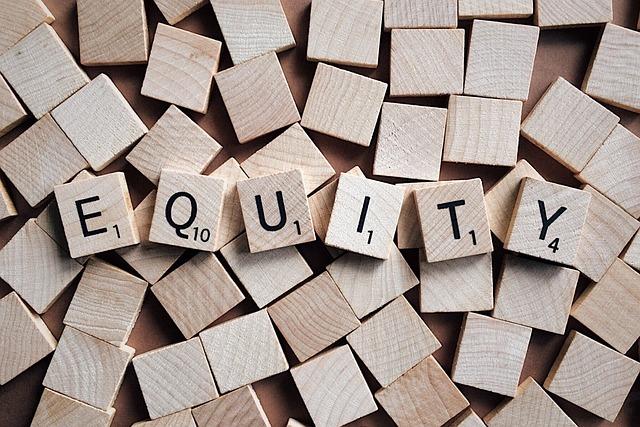In the ever-evolving landscape of Hollywood, the influence of big-name directors on casting choices has become a topic of significant debate. While directors are often celebrated for their visionary storytelling and cinematic prowess, their sway over who lands key roles raises important questions about diversity, opportunity, and artistic integrity. This article delves into the dynamics of director-driven casting, examining whether the clout of these industry titans enhances or hinders the creative process and the broader implications for the film industry. Through an analytical lens, we explore the balance between directorial vision and the necessity for fresh, diverse talent in today’s cinematic narratives.
Evaluating the Impact of Director Authority on Casting Dynamics
When examining the sway directors hold over casting, it’s essential to recognize the profound influence that a renowned director’s reputation can exert on a production. Big-name directors often bring a distinct vision that can overshadow other creative voices. This can lead to a casting process that heavily prioritizes the director’s preferences, potentially at the expense of other collaborative inputs. The implications of such authority can manifest in several ways:
- Typecasting: Directors might lean towards familiar faces they’ve previously worked with, limiting opportunities for emerging talent.
- Diverse Representation: A director’s personal biases and preferences can impact the diversity of the cast, either positively or negatively.
- Artistic Integrity: While some argue that a director’s vision is paramount, others believe that too much control can stifle creative exploration.
While the director’s influence is undeniably crucial in shaping a film’s narrative, balancing this power with other creative inputs can foster a more dynamic and inclusive casting process.
The Consequences of Creative Control in Film Casting Decisions
When renowned directors wield their influence in casting, the results can be both transformative and contentious. Creative control allows directors to align the cast with their vision, potentially leading to groundbreaking performances. However, this power can also skew the industry towards familiar faces, overshadowing emerging talent. The choice of casting known actors often ensures commercial success but may compromise artistic integrity.
- Pros: Directors can tailor roles to actors who can deliver the desired depth and nuance.
- Cons: Over-reliance on established stars can limit diversity and innovation.
The balance between artistic vision and market demands creates a dynamic tension. While directors’ choices can enhance storytelling, they also risk perpetuating a cycle where only certain actors dominate the screen, leaving little room for fresh voices. In this landscape, the challenge lies in ensuring that creative freedom does not become a barrier to inclusivity and growth.

Balancing Artistic Vision with Casting Diversity
In the pursuit of crafting a compelling narrative, directors often face the intricate task of aligning their artistic vision with the growing demand for casting diversity. This balance can be challenging, as directors may have preconceived notions about who fits their characters best, sometimes leading to a narrow pool of talent. However, an inclusive approach not only enriches storytelling but also resonates with a broader audience.
Key considerations in this balance include:
- Character Authenticity: Ensuring that diverse casting enhances the authenticity and relatability of characters.
- Narrative Enrichment: Understanding how diverse perspectives can add layers and depth to the story.
- Audience Connection: Recognizing the power of representation in forging a deeper connection with a global audience.
While the influence of renowned directors is significant, embracing diversity in casting can transform their projects, offering fresh and innovative narratives that reflect the multifaceted world we live in.

Recommendations for Equitable Casting Practices in Hollywood
In order to foster a more inclusive industry, it’s crucial for casting practices to evolve beyond the traditional hierarchies often dominated by influential directors. One approach is to implement collaborative casting panels that include a diverse range of voices from different cultural and professional backgrounds. This can help ensure that casting decisions are reflective of the rich diversity of audiences and stories being told.
- Transparent Casting Processes: Establish open and transparent procedures where roles are advertised broadly, and casting calls are accessible to a wide array of talent.
- Commitment to Diversity: Set measurable diversity targets for casting and hold production teams accountable to these goals.
- Inclusive Storytelling: Encourage scripts and narratives that naturally call for diverse casting, ensuring that stories are not limited by outdated stereotypes.
- Ongoing Education: Provide continuous training and workshops for casting directors and producers on unconscious bias and the importance of representation.
By integrating these practices, Hollywood can take significant steps toward dismantling the entrenched power structures that hinder equitable representation, allowing for a more authentic and varied portrayal of human experiences on screen.

